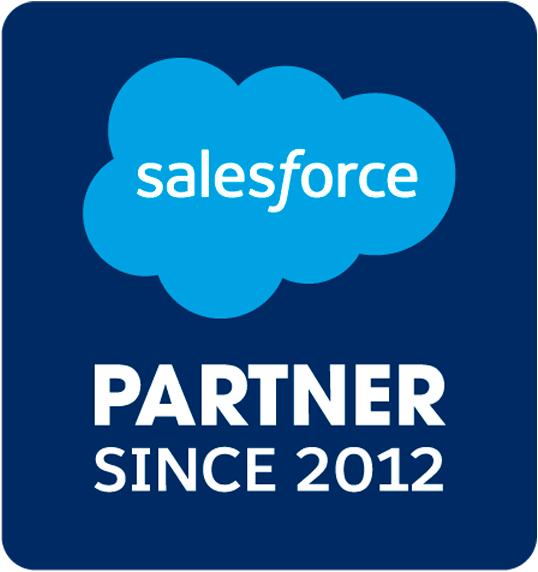When it comes to the world of CRM, there are plenty of reasons to choose a cloud-based solution over an on-premises system: Lower implementation costs, expanded data accessibility, extensive external support — the list goes on. However, we’ve seen some organizations (namely, those unfamiliar with cloud-based CRMs) worry themselves over another of these key advantages: Regular platform updates.
The thinking goes like this: “Our users have gotten used to a specific version of a specific software. If the UI or core functionalities were to change, they wouldn’t know how to use it anymore. And that would be bad for business.”
Thankfully, Salesforce takes a number of important steps to make sure their triannual platform updates don’t cause this very problem. In the post below, we’ll highlight how the company consistently improves their products without disrupting users’ experiences.
3 ways Salesforce ensures their triannual updates help customers:
#1: Highlighting “Critical Updates” in each release.
Given that Salesforce updates span the entirety of the company’s product suite, it probably doesn’t surprise you to learn that
the related release notes tend to be quite lengthy (the latest checks in at 437 pages). Obviously, it’s unrealistic to expect every user will read that much material three times a year, so Salesforce breaks everything down by category — allowing you to search and sort by what’s relevant.
One category everybody should check out, though, is the one titled “Critical Updates.” Unlike the majority of each release — consisting of smaller add-ons/changes that won’t affect platform functionality — “Critical Updates” may require you to take action to keep the custom elements of your org functioning as expected. For that reason, “Critical Updates” don’t automatically go live when the full release does. Instead, there’s a transitional “opt-in period,” during which time you can test the updates in a sandbox org. This gives you the chance to see how each one will affect your platform in a practice environment. If you learn that you will indeed need to make some changes to your org to maintain the same workflows and functionality, you’ll have plenty of time to do so.
In summary, then, the vast majority of any given Salesforce update won’t affect the way your users operate. They may notice a new widget from time to time, but nothing that prevents them from doing things in the usual way. “Critical Updates” are the exception to this rule. These changes are designed to deliver potentially disruptive innovations; as a result, they may demand some behind-the-scenes work on your end to maintain consistent functionality. However, Salesforce will always give you enough to do what you need to do before requiring a go-live.
#2: Offering two different ways to preview new releases.
As mentioned above, a sandbox org is essentially a practice version of your company’s particular Salesforce configuration: It’s got all the same functionality and features, but your day-to-day operations don’t run on it. Once a release goes live, you can safely test out any “Critical Updates” in your sandbox. What we didn’t mention, however, is that, prior to go-live, many organizations get the chance to preview new releases in their entirety via sandbox orgs. For those interested in even the small-scale changes that come with new versions of Salesforce, this is a major convenience. All you have to do is check to see whether your sandbox is stored on a server tagged as a “
Preview Instance.”
That’s one way to preview a new release. The other way is to sign up for a pre-release org, which becomes available even before preview windows do. The only catch here is that pre-release orgs are generic sandboxes, which means they won’t reflect your company’s unique setup.
#3: Releasing triannually, rather than on a rolling basis.
Some other cloud-based CRMs release updates on a rolling basis. While this cadence may suit those who are more familiar with modern SaaS solutions, such frequent changes could prove disorienting for users that have grown comfortable with the stability of on-premises software. Salesforce’s triannual releases, on the other hand, do a good job splitting the difference between innovation and consistency. If your system never gets upgraded, after all, you’ll miss out on key chances to improve efficiencies and optimize processes. But that doesn’t mean you want constant evolution.
Curious to learn more about how Salesforce’s triannual releases work?
Let us know! We’d love to touch base.



